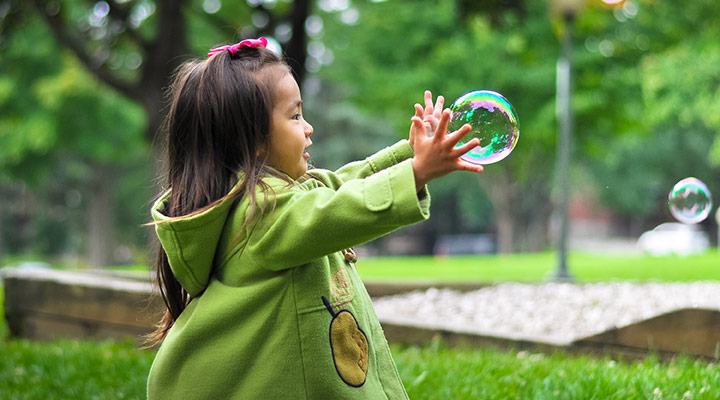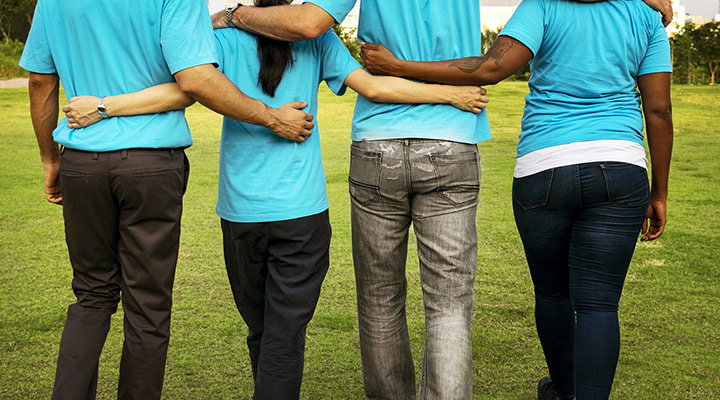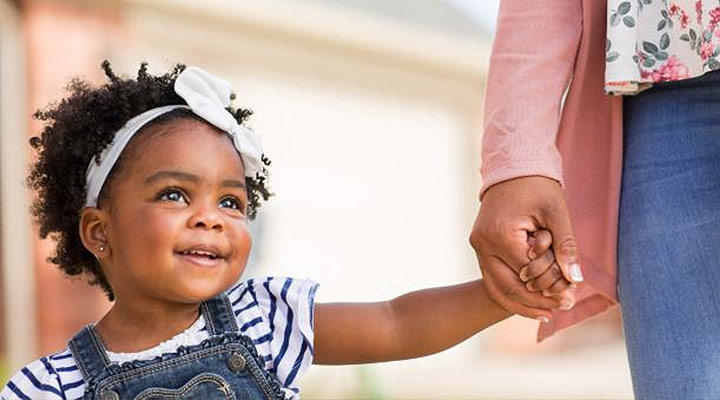Trauma is all too common for many foster children whose lives have already been rocked by anger, confusion, and separation. These kids are often scared of the dark, and freaked out by thunderstorms, and shaken by loud voices and visions of monsters under their bed.
At this time of year, with frightening Halloween decorations, masks, and costumes at every turn, we need to notice the pain this season can introduce to our foster children. Halloween can be a scary time for children impacted by trauma.
The sensory overload of Halloween can be excruciating for kids who have experienced trauma. Think transitions, contact with many strangers, tons of sugar, costumes, bright lights, unfamiliar smells, and loud noises. All of these can trigger a child of trauma. And triggers can send them into survival mode, where they often go to fight, flight, or freeze.
Of course, this isn’t a place we want to send them; we want them to feel safe and secure so they can enjoy this holiday with other kids.
How can we set them up to experience the fun parts of this season and protect them from damaging ones?
- Prepare. One way to start to ease some of your child’s fear around the holiday is to allow them to help to get things ready for Halloween. Get them involved in pumpkin selection and carving, maybe picking out the goodies. Explain what’s going to happen and how they can help. Allow them to put their costumes on and off in the weeks leading up to Halloween. Show them that costumes are a fun way to pretend.
- Build a customized plan. You know your child best. Build a plan that suits him. Some children can work through manageable anxiety alongside a caregiver they trust. Others may need more time to adjust. If your child is not quite ready for trick or treating and feels a sense of safety and security in your home, you may want to have her help hand out candy or goodies at your front door. Or it might be a good idea to limit who you celebrate with, such a close family and friend or a church group that only allows fun costumes. You might want to keep decorations and activities centered on pumpkins instead of spooky stuff such as cobwebs, spiders, and monsters.
- Find healthy activities. Talk to them about routine and try to keep some regular routines throughout the day. Limit the amount of sugar; monitor how much candy your kids enjoy. Provide age-appropriate activities for children who are frightened by Halloween. This will help distract from the scary aspects of the holiday. Make sure you are sensitive to past traumatic events and avoid all dismissive comments such as, “Oh, that’s not scary.”
Halloween can be a time to build closeness and warm memories. Explore some spirited activities to do with young children to ensure you have a fun October and Halloween that won’t include spookiness or spark fear
Look for community activities and fun things that can be done at home, such as baking Halloween cookies, painting pumpkins, and so much more!














